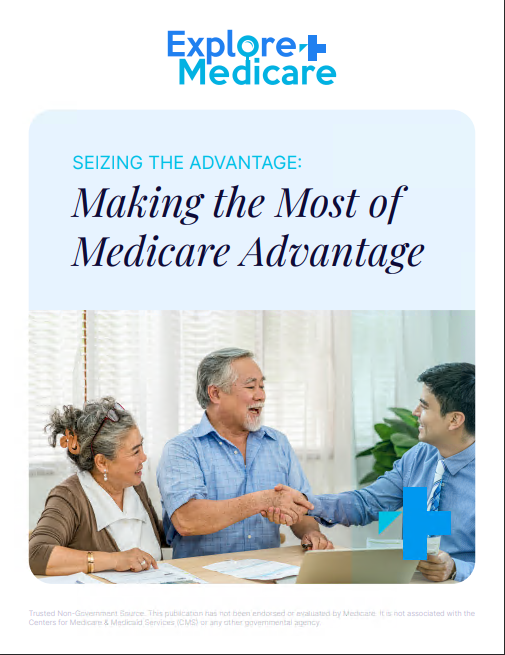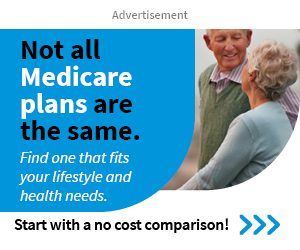Introduction to Medicare Part D
Medicare Part D, also known as Prescription Drug Coverage, offers beneficiaries access to essential prescription medications through private insurance plans approved by Medicare. Understanding the intricacies of Medicare Part D is crucial for beneficiaries seeking coverage for their prescription drug needs. In this guide, we’ll explore the details of Medicare Part D, including its benefits, coverage options, enrollment process, and key considerations for beneficiaries.
Benefits of Medicare Part D
Access to Prescription Medications
Medicare Part D provides beneficiaries with access to a wide range of prescription medications, including brand-name and generic drugs, to help manage their medical conditions and improve their overall health and well-being. Covered medications may include drugs used to treat chronic conditions such as diabetes, high blood pressure, and asthma, as well as acute illnesses and infections.
Cost Savings Opportunities
Medicare Part D plans offer cost-saving opportunities for beneficiaries, including:
- Tiered Formularies: Prescription drug plans typically use tiered formularies, which categorize medications into different tiers based on their cost and coverage level. Beneficiaries may pay lower copayments or coinsurance for generic drugs and preferred brand-name drugs, helping reduce out-of-pocket costs.
- Negotiated Drug Prices: Medicare Part D plans negotiate drug prices with pharmaceutical manufacturers and pharmacies, often securing discounts and rebates that result in lower medication costs for beneficiaries.
- Coverage Gap (Donut Hole) Discounts: Beneficiaries who reach the coverage gap, also known as the “donut hole,” may be eligible for discounts on brand-name and generic drugs, reducing their out-of-pocket spending until they reach catastrophic coverage.
Coverage Options Under Medicare Part D
Standalone Prescription Drug Plans (PDPs)
Stand-alone Prescription Drug Plans (PDPs) offer coverage for prescription medications and are designed to be paired with Original Medicare (Parts A and B) or a Medicare Advantage plan that does not include prescription drug coverage. Beneficiaries can choose from a variety of PDPs offered by private insurance companies in their area, each with its own list of covered medications (formulary) and cost-sharing requirements.
Medicare Advantage Prescription Drug Plans (MA-PDs)
Medicare Advantage Prescription Drug Plans (MA-PDs) combine medical and prescription drug coverage into a single plan. These plans, offered by private insurance companies approved by Medicare, provide all the benefits of Original Medicare (Parts A and B) along with prescription drug coverage, often with additional benefits like dental, vision, and wellness programs.
Enrollment in Medicare Part D
Initial Enrollment Period (IEP)
Beneficiaries can enroll in a Medicare Part D plan during their Initial Enrollment Period (IEP), which typically begins three months before their 65th birthday and ends three months after. If they’re already enrolled in Original Medicare or a Medicare Advantage plan, they can switch to a Medicare Part D plan during this period.
Annual Enrollment Period (AEP)
The Annual Enrollment Period (AEP), also known as the Open Enrollment Period, runs from October 15 to December 7 each year. During this period, beneficiaries can enroll in, switch, or disenroll from a Medicare Part D plan.
Special Enrollment Periods (SEPs)
Certain individuals may qualify for a Special Enrollment Period (SEP) to enroll in or make changes to a Medicare Part D plan outside of the standard enrollment periods. Qualifying events for SEPs may include:
- Losing employer-sponsored or union coverage that included prescription drug coverage
- Moving to a new service area that affects your Medicare plan options
- Qualifying for Extra Help (Low-Income Subsidy)
Key Considerations for Medicare Part D Beneficiaries
Formulary Coverage
Beneficiaries should carefully review the formulary of a Medicare Part D plan to ensure their prescription medications are covered. Formularies can vary significantly between plans, so it’s essential to choose a plan that covers the medications you need at an affordable cost.
Cost Sharing
In addition to monthly premiums, beneficiaries should be aware of other cost-sharing requirements associated with Medicare Part D plans, including deductibles, copayments, and coinsurance. Understanding these costs can help beneficiaries effectively budget for their prescription drug expenses.
Coverage Gap (Donut Hole)
Beneficiaries who reach the coverage gap, also known as the “donut hole,” may experience a temporary increase in out-of-pocket costs for prescription medications. However, beneficiaries may be eligible for discounts on brand-name and generic drugs during this phase, providing some financial relief until they reach catastrophic coverage.
Conclusion: Maximizing Medicare Part D Coverage
Medicare Part D plays a crucial role in providing beneficiaries with access to essential prescription medications, helping them manage their medical conditions, and improving their quality of life. By understanding the benefits, coverage options, enrollment process, and key considerations associated with Medicare Part D, beneficiaries can make informed decisions about their prescription drug coverage and maximize their Medicare benefits.
Call to Action: Ready to learn more about Medicare Part D and explore your coverage options? Download our comprehensive eBook or connect with licensed insurance agents specializing in Medicare Part D for personalized assistance.

